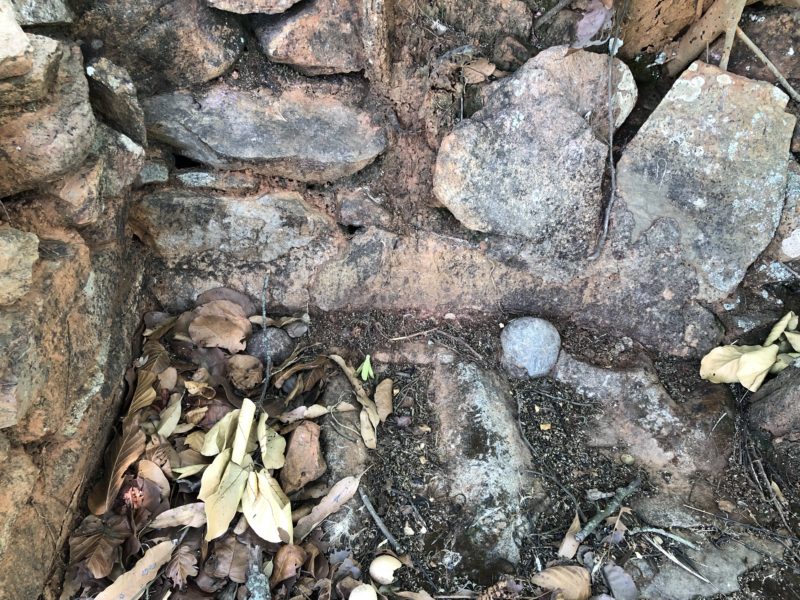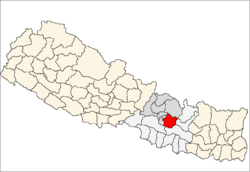The Myths of Bhumlu Majhi Gau
Bajai Brothers
In Bhumlutar, Kavre there is a small village of Majhi people called Bhumlu Majhi Gau. In this village, they pass down two very important myths regarding worship. The first is that of Dhan and Mangal Shinga Bajai. As the story goes, one day when the two brothers were 2 and 3 years old, their mother was out working and left them on the front porch. When she wasn’t looking, a tiger came and grabbed them, took them up the hill a bit, and ate their bodies, but left their heads. A few days after their deaths, their mother called a priest to communicate with their spirits. They told her not to move their heads so that they could still be with their bodies. In return, they only desired to be worshiped every year during a festival so that they are able to protect the village. Now, there stands a small shrine in the village at the place where the boys were eaten that commemorates their death. They are not believed to be gods, but are worshipped by the Majhi people of the village.

This is the shrine to the two Bajai brothers. It nearly blends in to its surroundings on the hillside. If you look closely, you can see the two stones that are placed on the ground in honor of the boys.
Devi Sisters
The second story tells of two snakes that kept visiting the village. These snakes would constantly come to the village and watch the people work, but wouldn’t attack or cause any harm. When the villagers got curious about the presence of the snakes, they asked the priest to inquire about it. Therefore, the priest called to the spirits of the Bajai brothers to ask why the snakes kept coming to the village. They said that the snakes were actually two sister goddesses who didn’t have a home. If the people in the village were to construct a home for the goddesses, then the goddesses would protect the village. In response, the villagers constructed two small temples to Kati and Set Devi, the two sisters. The temples still exist today and it is said that every now and then the snakes will come and inhabit the temples as living goddesses.

The district of Kavre, where Bhumlu Majhi Gau is located
Conclusion
I am a Westerner. Therefore, both of these stories were very foreign to me. Not just because they were people and goddesses I had never heard of; but because they were ideas that I had never even thought about. In Nepal, the physical and spiritual realms are very much intertwined while in the United States, they are very separate. In the United States, if two boys go missing, there may be a search teams, news reports, or amber alerts. But in Nepal, after the two boys went missing, the mother inquired about their spirits to the local priest. Not only this, but in order to incur protection for the village, the priest suggested building a shrine and worshiping the boys, while in the U.S., we would construct a wall or create some sort of physical defense system. In the United States, we rely more on tangible and controllable solutions to problems, while in Nepal they look for spiritually-driven solutions. The two ways of viewing the world are very different.
I have quite literally visited the opposite side of the world-both physically and culturally. The stark contrast in the customs and norms of the two worlds has broadened my perspective more than I could have anticipated. I am not here to make any statements on how one way of living is better than the other. I suspect that, like most things in life, there is a balance or middle ground to be found somewhere. I am simply here to observe that there are other views of the world than the one you and I might be familiar with. As a result, with a world moving toward continual globalization, maybe it is a good idea to put yourself in someone else’s shoes, learn how they live, and begin to understand the world through their eyes.
